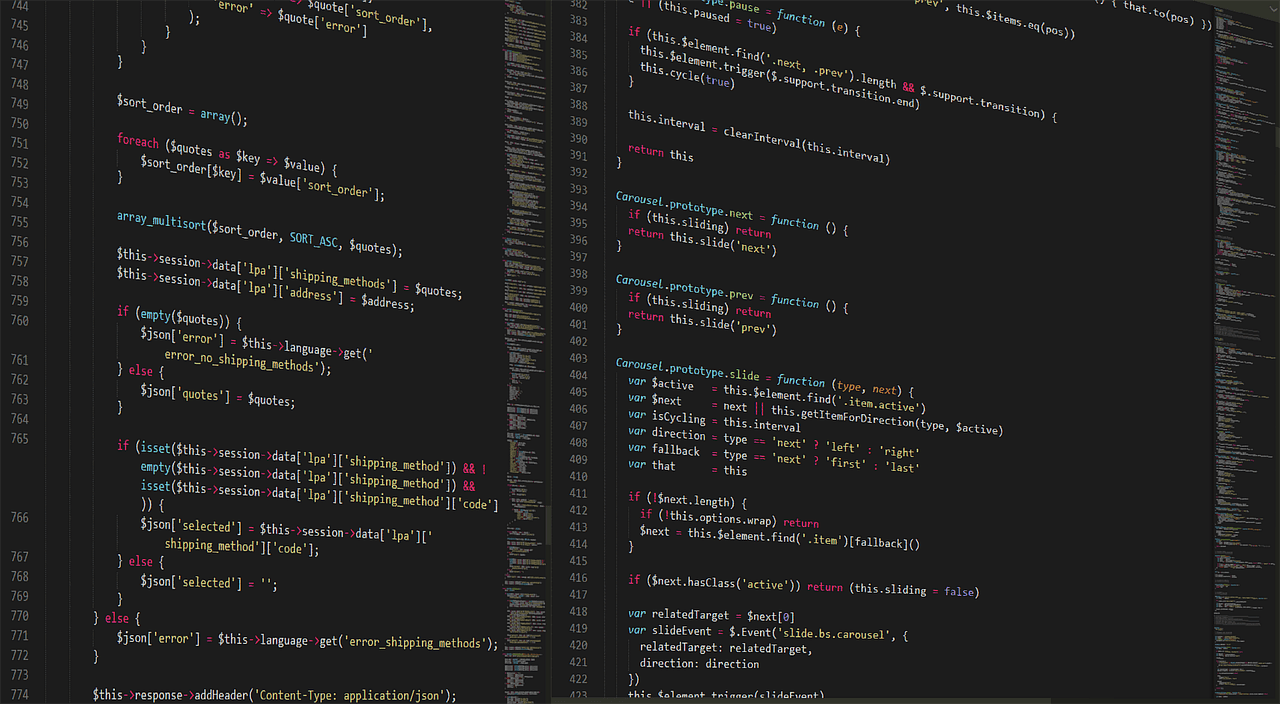Getting Started with Python Web Development
Python web development has gained immense popularity due to its simplicity and efficiency. With frameworks like Django and Flask, developers can create robust web applications with ease. In this guide, we will explore the fundamentals of Python web development and how you can leverage it to build dynamic websites.
Why Choose Python for Web Development?
Python offers several advantages when it comes to web development:
- Ease of Learning: Python’s simple syntax makes it accessible to beginners.
- Versatile Frameworks: Frameworks like Django provide powerful features for rapid development.
- Large Community: A vibrant community means numerous libraries and resources are available.
Popular Python Frameworks for Web Development
Here are some popular frameworks that can help you kickstart your Python web development journey:
Django
Django is a high-level web framework that encourages rapid development. It follows the “batteries-included” philosophy, providing everything developers need to build a web application:
- ORM: Object-Relational Mapping for database interactions.
- Authentication: Built-in user authentication system.
- Admin Interface: Automatic admin panel generation for managing app data.
Flask
Flask is a micro-framework that is lightweight and flexible. It is ideal for small applications or projects:
- Minimalistic: Allows developers to choose libraries and tools as needed.
- Easy to Learn: Perfect for small projects or quick prototypes.
Getting Started with Your First Python Web Application
To illustrate how Python web development works, let’s create a simple web application using Flask:
from flask import Flask
app = Flask(__name__)
@app.route('/')
def home():
return "Welcome to Python Web Development!"
if __name__ == '__main__':
app.run(debug=True)
This simple application returns a welcome message when accessed at the root URL.
Resources for Learning Python Web Development
If you’re looking to explore more resources, consider starting with these articles from our blog:
- Beginner’s Guide to Python Web Development Techniques and Frameworks
- Essential Techniques for Building Dynamic Applications
- The Essential Guide to Python Web Development
Conclusion
Python web development is an exciting field that offers powerful tools for building web applications. With its user-friendly nature, robust frameworks, and extensive community support, diving into Python web development can significantly enhance your coding skills. Start your journey today, and explore the various resources available to unlock your potential in this dynamic domain.
Key Projects
- Blog Platform: Create a full-featured blog application using Django, allowing users to create, edit, and delete posts, as well as comment on them.
- Task Manager App: Develop a task management application with Flask, where users can create tasks, set deadlines, and mark them as completed.
- eCommerce Site: Build an online store using Django with product listings, a shopping cart, and a checkout process to manage customer transactions.
- Weather Dashboard: Create a Flask web app that fetches weather data from an API and displays it to users based on their location.
Python Code Examples
# Example code for Blog Platform (Django)
from django.shortcuts import render, redirect
from .models import Post
def post_list(request):
posts = Post.objects.all()
return render(request, 'blog/post_list.html', {'posts': posts})
# Example code for Task Manager App (Flask)
from flask import Flask, render_template, request, redirect
app = Flask(__name__)
tasks = []
@app.route('/tasks', methods=['GET', 'POST'])
def task_list():
if request.method == 'POST':
task = request.form['task']
tasks.append(task)
return redirect('/tasks')
return render_template('tasks.html', tasks=tasks)
# Example code for Weather Dashboard (Flask)
import requests
@app.route('/weather/')
def weather(city):
api_key = 'your_api_key'
response = requests.get(f'http://api.openweathermap.org/data/2.5/weather?q={city}&appid={api_key}')
data = response.json()
return f"Weather in {city}: {data['weather'][0]['description']}"
Real-World Applications
Python web development has transformative applications across various industries:
- Healthcare: Develop applications for patient management, appointment scheduling, and telemedicine using Django.
- Education: Create learning management systems that enable course creation, student registration, and assessment tracking using Flask.
- Finance: Build secure web applications for online banking and financial services that handle sensitive customer data responsibly.
- Social Media: Implement platforms that allow users to create profiles, share content, and connect with others.
Next Steps
Now that you’ve begun your journey into Python web development, it’s time to dive deeper and enhance your skills. Start by experimenting with different frameworks beyond Flask, such as Django, to see their full potential in building robust applications.
If you’re looking for structured learning, check out our Beginner’s Guide to Python Web Development Techniques and Frameworks to acquire essential skills and tips.
Furthermore, consider creating a portfolio project that demonstrates your abilities. Building an application with a backend connected to a database can significantly improve your understanding.
For more advanced techniques, visit our Essential Techniques for Building Dynamic Applications guide.
Finally, stay connected with the community! Joining forums or groups focused on Python web development can provide you with support and insights.
Explore our Ultimate Guide to Python Web Development for comprehensive resources to aid your learning process.
